
Contemporary Aesthetics in Interior Design Portfolios
Today’s chosen theme: Contemporary Aesthetics in Interior Design Portfolios. Step inside a living gallery of the present—where calm lines, honest materials, and human warmth shape how we curate, photograph, and publish our interior projects. Explore how to narrate spaces with clarity and soul, then subscribe to receive fresh, contemporary portfolio ideas straight to your inbox.
What Contemporary Aesthetics Mean for Portfolios Today
Contemporary interiors favor calm compositions, not sterile voids: rounded edges, tactile textiles, soft neutral palettes, and measured negative space. Show these choices in your portfolio with close-ups, context shots, and captions that explain why restraint brings comfort, not distance.
Let wood look like wood, stone feel like stone, and metal age gracefully. Pair raw textures with refined lines to create tension and relief. In your portfolio, credit sources and finishes, and invite readers to comment on combinations that balance authenticity with durability.
Photograph how daylight rolls through a room across hours, then show the evening mood with layered warmth. Contemporary aesthetics live in gradients, not blasts of brightness. Ask followers which lighting sequence helps them understand your spatial intention most clearly.


Narrative Structure: Turning Projects into Stories
Begin with the client’s need in one clear sentence, then show your guiding principle. Reveal spatial moves, materials, and before-to-after transitions in a measured cadence. Readers stay engaged when they can trace your thinking without confusion or visual overload.
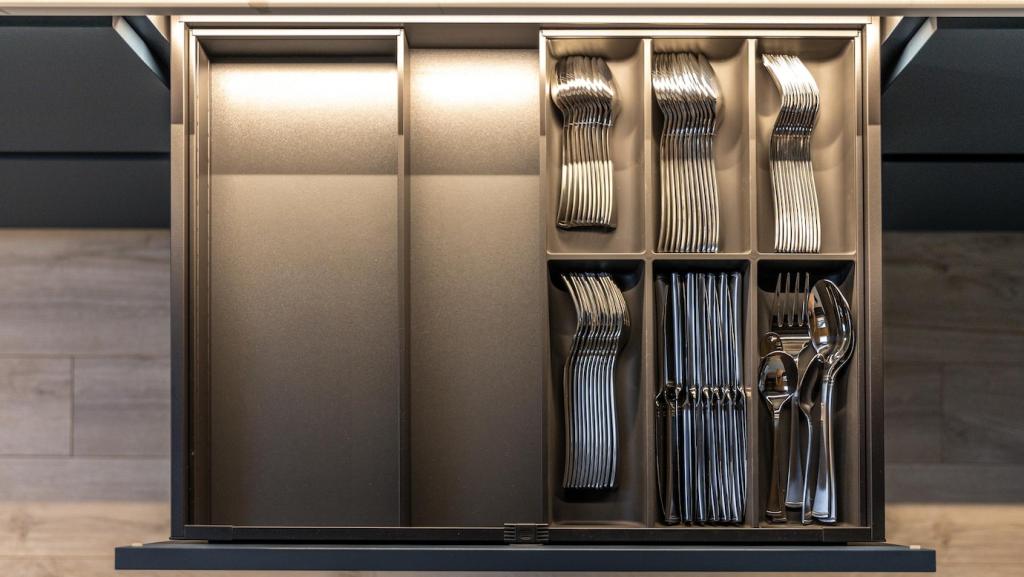
Think clay, sand, mushroom, and oat—anchored by charcoal or inky blue. Add a single saturated accent, like oxblood or ultramarine, to focus attention. In your portfolio, explain where the accent appears and why it earns its moment rather than shouting for it.
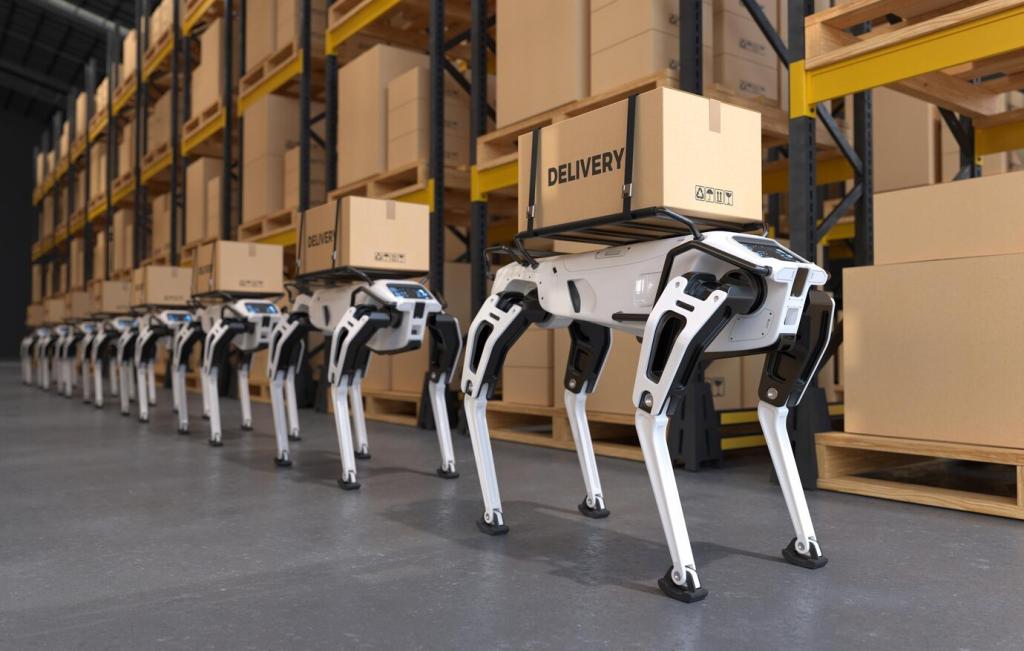
One hue, many textures: boucle, limewash, brushed oak, powder-coated steel. Your case study pages can show swatch stacks that translate into rooms, proving how tone-on-tone creates serenity. Ask readers which texture pairing keeps monochrome alive rather than flat.

From olive cabinetry to moss textiles, greens bridge indoors and out. Include planting plans and care notes so your aesthetic is sustainable, not decorative. Invite followers to share plant species that photograph beautifully while thriving under real, everyday conditions.

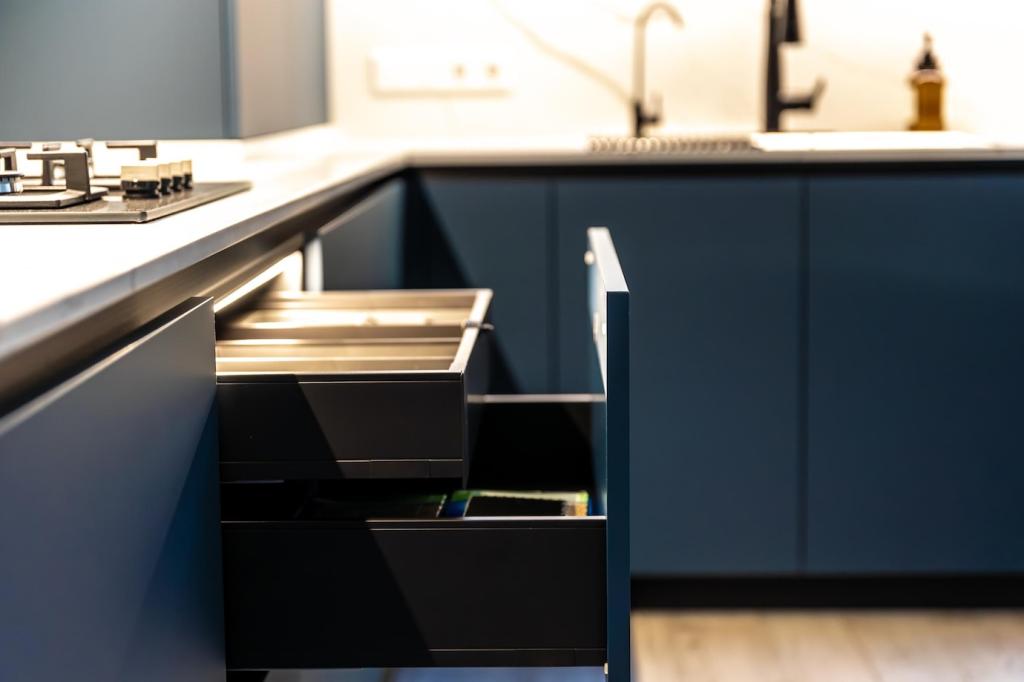
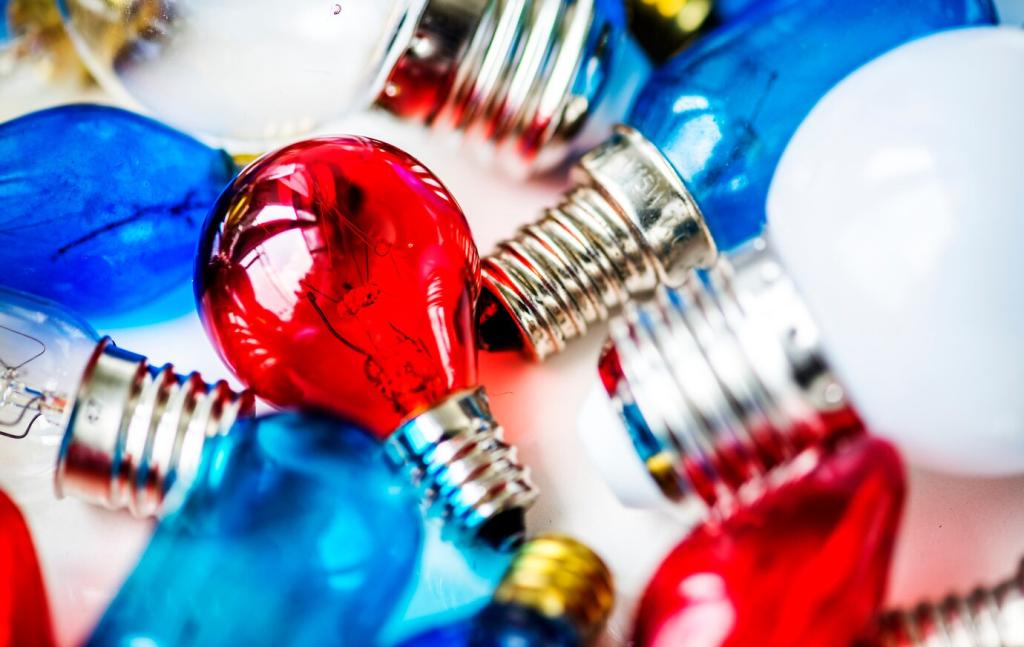

Material Provenance in the Caption
Note FSC certifications, reclaimed sources, and regional suppliers directly under images. These small lines powerfully align aesthetic calm with ethical clarity. Invite questions about supply chains, and discuss how provenance shaped color, texture, and long-term maintenance in the project.
Lifecycle Narratives, Not Buzzwords
Describe how surfaces patina, how fixtures can be repaired, and how layouts adapt over time. Contemporary aesthetics reward endurance over novelty. Readers trust portfolios that explain longevity, not just installation-day perfection captured under flawless, temporary lighting.
Emerging Materials and Technology in a Contemporary Lens
Low-Carbon Materials With Rich Tactility
Explore linoleum, cork composites, recycled terrazzo, and low-cement alternatives that still deliver depth and warmth. Photograph edges and junctions to prove quality. Ask readers which eco-forward surfaces feel genuinely contemporary rather than merely experimental or performative.
AR Walkthroughs Used With Restraint
Augmented reality can clarify circulation and scale, but only when interfaces are calm and intuitive. Embed optional walkthroughs beside still photography, never replacing it. Invite feedback on whether the AR experience deepened understanding or distracted from material and light.
Parametric Forms Anchored in Human Comfort
Algorithmic patterns can yield elegant screens, acoustics, or millwork. In your portfolio, explain the human benefit before the computational process. Readers engage when advanced tools clearly serve quiet, livable outcomes rather than chasing novelty for its own sake.
Case Study: 42 m² Calm in a Busy City
We carved storage into the thickness of walls, leaving sightlines open. Photography follows a morning-to-evening sequence, revealing how daylight washes clay paint. Readers commented that the plan diagrams clarified the transformation more than any dramatic before-and-after slider could.
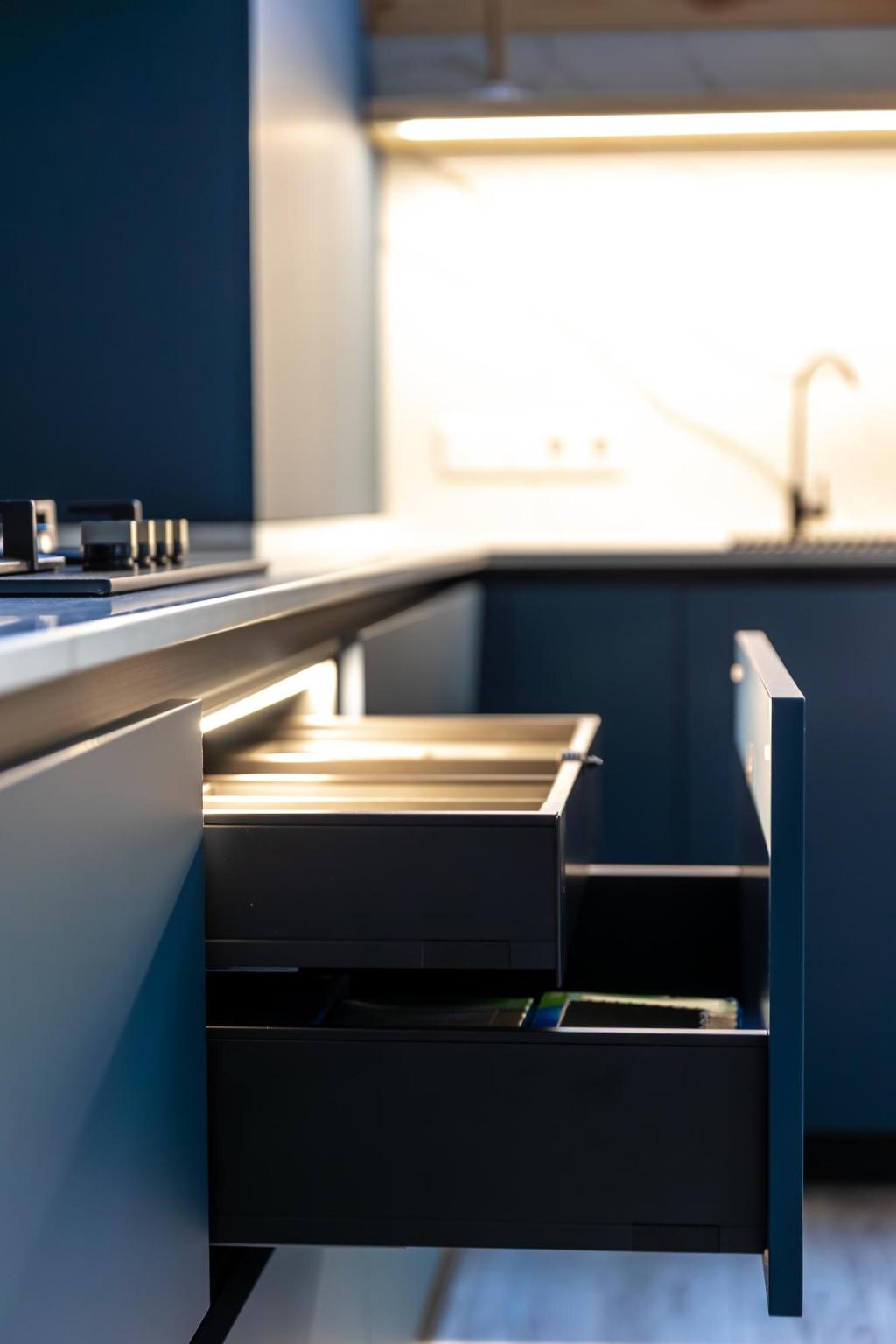
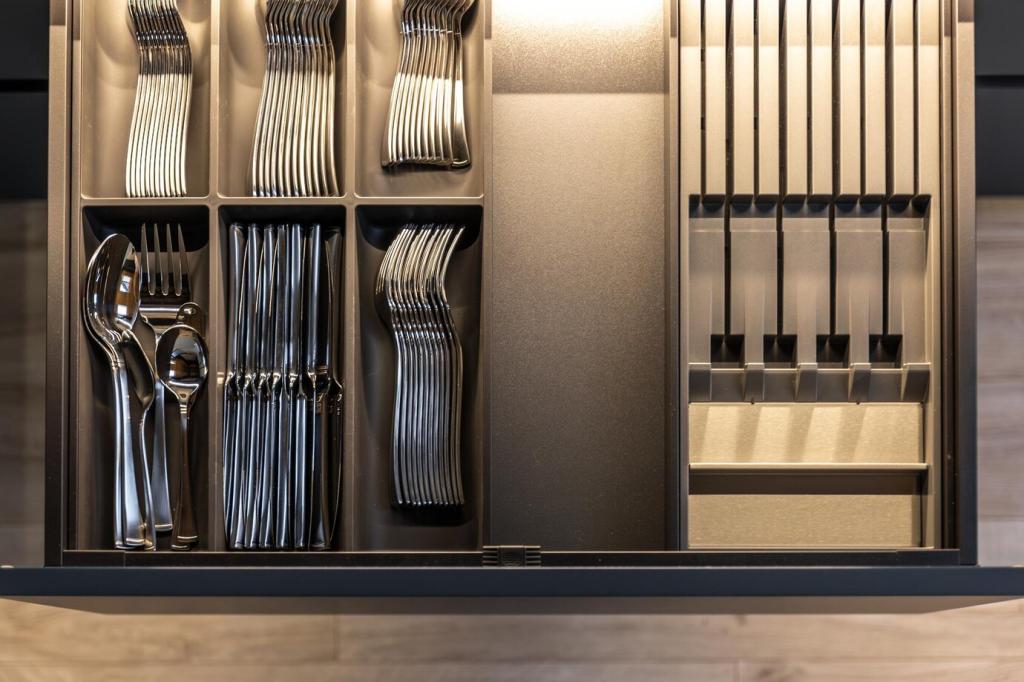
Case Study: 42 m² Calm in a Busy City
Oat walls, mushroom curtains, and smoked oak floors create a hushed base. A single ultramarine stool anchors the living corner without shouting. Close-ups show rounded handles and linen texture, inviting touch through the screen and reinforcing a contemporary, human warmth.
